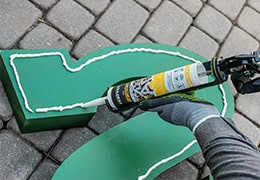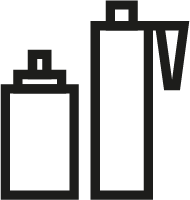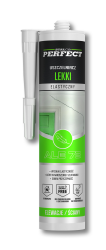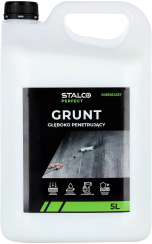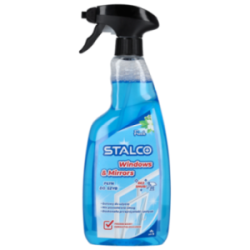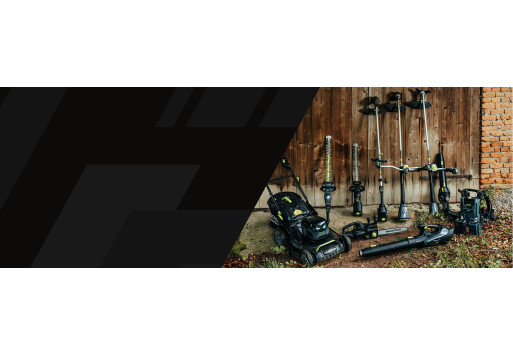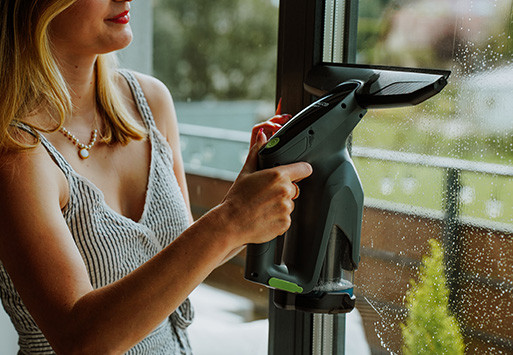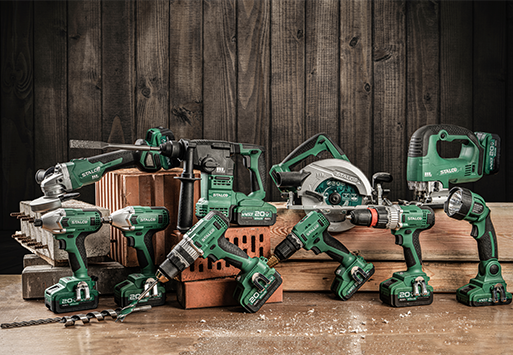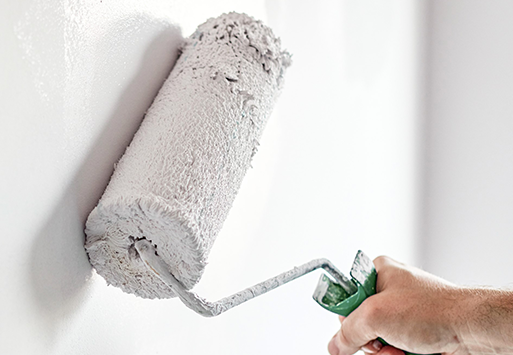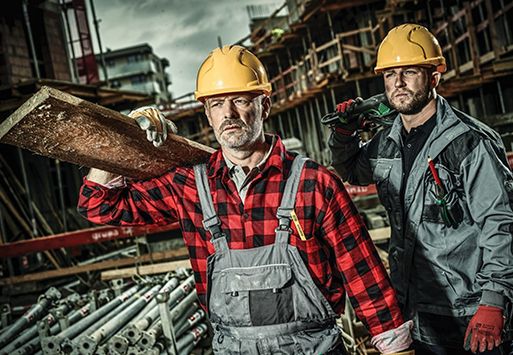Types of Assembly Foams
Assembly foams are essential products used in the renovation and construction industry. They are primarily used for insulating rooms or entire buildings. They are a crucial element of thermal and water insulation. They also serve to seal gaps in windows and doors. What types of assembly foams are there? In what situations can we use them?
Types of Assembly Foams: Choosing the Right Product is Half the Battle
Let's start by looking at the basic types of assembly foams. There are two most popular types available on the market:
-
Single-component assembly foams (1K): The most popular and universal model. Available in hose and gun dispensing systems. This type of foam is often chosen for its quick action. The surface hardens in a very short time, and it has a significant volume increase.
-
Two-component assembly foams (2K): Used when time is of the essence. They are characterized by high adhesive strength and a relatively small volume increase.
Considering the foam's structure, we can distinguish:
-
Open-cell assembly foams: The surface "breathes". Due to their open-cell structure, they can only be used indoors, for example, for insulating and soundproofing walls and attics.
-
Closed-cell assembly foams: Their advantage is the high density of cells, making them resistant to moisture, mold, and fungi. They are an excellent product for outdoor use, such as roof insulation.
Properties of Assembly Foam
Assembly foam is used for both interior and exterior works. Their primary advantage is their moisture resistance due to the closed cell structure. They are resistant to mold and fungi. They feature reliable adhesion to almost any surface type. Another significant advantage is their uniform structure and chemical neutrality once cured. The renovation and construction industry also appreciates the ease of applying assembly foam, especially the gun type, where the application is not only easy and hassle-free but also allows the product to be reused in many cases.
Polyurethane Foams: What Makes Them Stand Out?
- Thermal insulation: Assembly foam provides thermal insulation, resulting in significant savings on heating costs.
- Reduced load on roof and wall structures.
- Mechanical stability and high resistance.
- Excellent acoustic insulation.
- Eco-friendly building insulation.
- Proper air flow.
Types of Polyurethane Foams
Universal Foam Available in hose or gun versions. It exhibits excellent adhesion to all construction materials such as wood, concrete, porous concrete, brick, metal, and aluminum. It has high mechanical strength and provides good acoustic and thermal insulation. It should be noted that its volume increases by about 2-3 times after application.
Professional and Professional XXL Foam Low-expansion single-component polyurethane gun foam that cures under the influence of moisture in the air. It has high adhesion to typical building materials such as brick, concrete, plaster, wood, metals, and polystyrene. It offers excellent protection against cold, drafts, and noise. The foam increases its volume by about 2-3 times after application. Available in standard and increased capacity. The volume of Professional XXL foam after curing is up to 70 liters, about 40% more than standard polyurethane gun foam.
Winter Foam Professional polyurethane gun foam for application at low temperatures down to -10°C. It has high mechanical strength and excellent protective properties against cold, drafts, and noise. It has excellent adhesion to most building materials such as brick, concrete, plaster, wood, metals, and polystyrene.
Fire-resistant Foam Fire-resistant polyurethane foam used for tasks requiring a product that meets non-flammability class B1. Fresh foam adheres well to all building materials, and once cured, it is resistant to high and low temperatures.
Super Fast Adhesive Foam Super Fast Adhesive Foam is a single-component fast-curing polyurethane adhesive with high bonding strength and low expansion. It adheres well to most building materials such as wood, concrete, porous concrete, brick, metal, drywall, and aluminum. It cures quickly, making it easier to handle and work with.
Polystyrene Adhesive Foam Low-expansion single-component polyurethane adhesive designed for bonding EPS and XPS polystyrene boards when insulating buildings using the seamless method (ETICS) and insulating foundations and ground-level parts of buildings, basements, etc.
Cleaner Spray Stalco Perfect line cleaner for polyurethane foams is a modern preparation for cleaning freshly soiled surfaces and application guns. It is designed to remove uncured foams and polyurethane adhesives. It is essential for cleaning valves in containers and dispensing guns for single-component assembly and sealing foam. It is an excellent agent for degreasing surfaces of grease, oils, soot, tar, waxes, adhesive residues, fresh putties, and sealing compounds.
Masonry Mortar A modern alternative to traditional cement mortar. It is intended for quick installation of ceramic, aerated concrete, and silicate blocks, as well as constructing walls from various building materials. It eliminates thermal bridges and has high efficiency: up to 12m² of wall from one package.
Which Assembly Foam to Choose?
The choice of assembly foam strictly depends on the nature of the work and the individual budget. Before purchasing, it's worth familiarizing yourself with the parameters and applications of each type of assembly foam.
Related products
Newsletter
Popular posts
Related posts
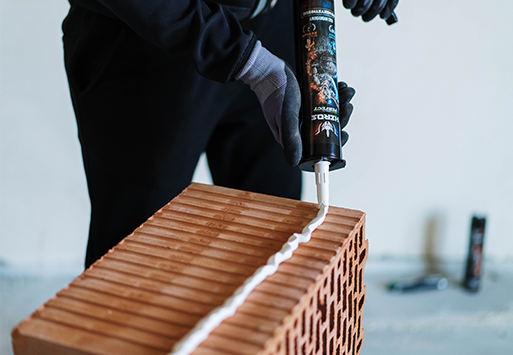
HEROS Universal Adhesive – Discover the Ultimate All-Purpose Glue
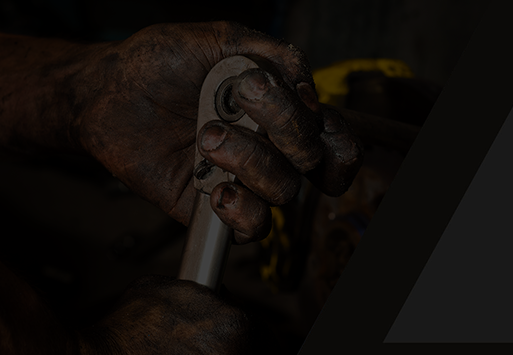
How to Properly Clean and Care for Your Hands
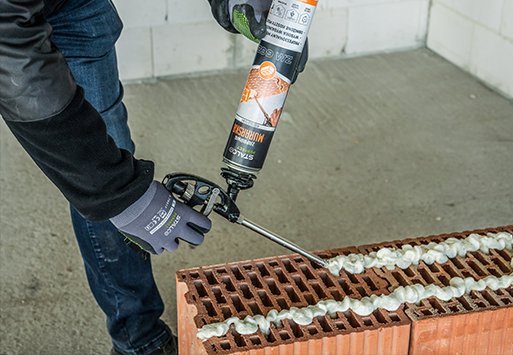
CONSTRUCTION CHEMISTRY: APPLICATIONS AND USES
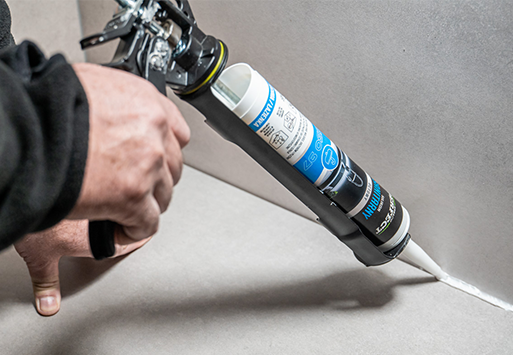
Which Silicone and Sealant to Choose?
